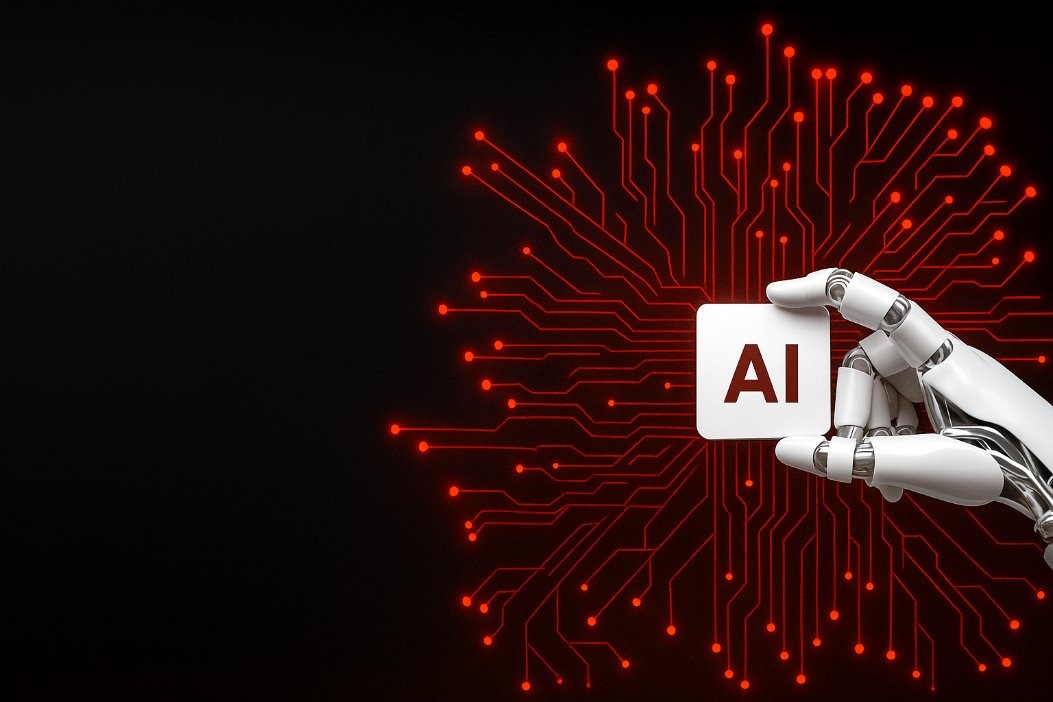Welcome back to our series exploring the fusion of Agile principles and Accessibility practices to create products that serve everyone.
In the last post, we talked about writing inclusive user stories and acceptance criteria, how the right narratives shape more equitable outcomes. Today, we move from writing stories to testing them at scale, exploring how Accessibility Testing in Continuous Integration (CI) ensures inclusion is not just promised but delivered.
What Is Continuous Integration?
Continuous Integration is a key practice in Agile and DevOps workflows. It involves:
- Frequently merging code changes into a shared repository
- Automatically running tests with every new commit
- Detecting issues early, before they reach production
CI helps teams move fast and deploy confidently. But if accessibility isn’t part of this process, exclusion can be deployed just as quickly.
Why Include Accessibility in CI?
Accessibility testing is often misunderstood as slow, manual, or post-launch work. But with the right tools and mindset, it becomes a speed-friendly quality layer in your pipeline.
Benefits of accessibility testing in CI:
- Catch common issues before they multiply (e.g., missing alt text, low contrast)
- Reduce cost by identifying barriers early
- Build accountability across developers and testers
- Foster inclusive culture as part of “done,” not “extra”
In short: shift left. Test accessibility early, often, and automatically.
Tools for Automated Accessibility Testing
While no tool replaces human judgment, these are powerful CI allies:
| Tool | Description | Integration |
|---|---|---|
| axe-core | Popular open-source engine for accessibility checks | Works with Jest, Cypress, Selenium |
| Pa11y | Command-line tool for automated WCAG testing | CI-ready with scripted runs |
| Lighthouse | Google’s site audit tool with accessibility scoring | Integrates with CI dashboards |
| / Deque | Enterprise-level services with deep scanning | APIs and CI plugins available |
Run tests during each pull request or merge to stop accessibility regressions in their tracks.
Manual Testing Still Matters
Automated tools catch technical failures, but manual testing catches experiential ones.
Include these practices in CI-adjacent workflows:
- Screen reader navigation checks (e.g., NVDA, VoiceOver)
- Keyboard-only interactions
- Cognitive usability tests (plain language, clear flows)
- Mobile contrast and tap-target validation
Combine automation and human insights for true coverage.
Best Practices for Integrating Accessibility into CI
- Set accessibility goals as KPIs—track how many violations are fixed per sprint
- Treat accessibility errors like any other bug—log them, track them, and fix them
- Involve QA testers and designers—build shared responsibility
- Include accessibility in your Definition of Done—and review it regularly
- Use CI dashboards to visualize accessibility performance over time
Accessibility testing in CI isn’t about slowing down, it’s about building better faster. It ensures that your team’s intentions around inclusion translate into reality at the code level.
By embedding accessibility tools, practices, and KPIs into your development pipeline, you turn CI into a driver of universal usability, not just technical health.
Next in the series, Creating Inclusive Personas for Agile Teams We’ll explore how to build empathy through user representation—and how personas can shape more inclusive designs from sprint zero.
See you in the next episode Want help setting up an accessibility testing checklist or CI dashboard template next? I’ve got plenty we can tailor for your workflow.



